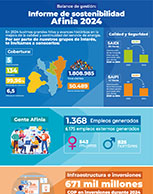Fighting Corruption in the Supply Chain: A Guide for Customers and Suppliers

Through the 10th Principle of the United Nations Global Compact, businesses around the world have committed themselves to “work against corruption in all its forms, including extortion and bribery.” (See accompanying side note — “The UN Global Compact 10th Principle.”) This guide is one such anticorruption effort. It presents a framework for reducing corruption risk in the supply chain — the interaction between customers (the purchasers of goods and services) and suppliers (those who provide goods and services). To provide practical assistance, the guide contains a set of tools and case studies, as well as guidance for preventing and dealing with common supply chain corruption scenarios.
The global public is increasingly demanding transparency, accountability and integrity in business. This includes the supply chain.
Purchasers — particularly large MNCs — are increasingly being held responsible, both legally and in the court of public opinion, for the activities of their suppliers. As the news media regularly reports, the misdeeds of suppliers can directly affect a customer’s product and service quality. At the same time, suppliers— who may themselves be large MNCs, but in many instances are small- and medium-size enterprises (SMEs) — must attune themselves to the problems of corruption in order to protect their own products, services and reputations. Global business is vastly more complex than the simple act of selling a product or service to a consumer. Business is accomplished through the elaborate networks of the supply chain – the persons, entities and infrastructure that transform materials and human capital to intermediate and finished products and services for customers and consumers. The problem of corruption affects every business in the supply chain, so all must work together to tackle this problem.
This guide to fighting corruption is intended for customers and suppliers. Indeed, virtually all businesses are both. Businesses of all sizes and scope should find helpful guidance and practical tools for dealing with corruption both among its suppliers and as a supplier. MNCs — with large, interconnected supply chains and greater resources—likely will find more here than is immediately of use.
| Categorías: | Lucha Contra la Corrupción |
| Autores: | Pacto Mundial de las Naciones Unidas |
| ISBN-10(13): | N/A |
| Editorial: | Pacto Mundial de las Naciones Unidas |
| Fecha de publicación: | 2016 |
| Edición: | 2 |
| Número de páginas: | 40 |
| Idioma: | Español |
| E-Book: | Clic aquí para descargar tu E-Book |





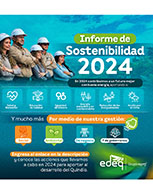
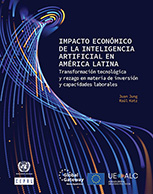
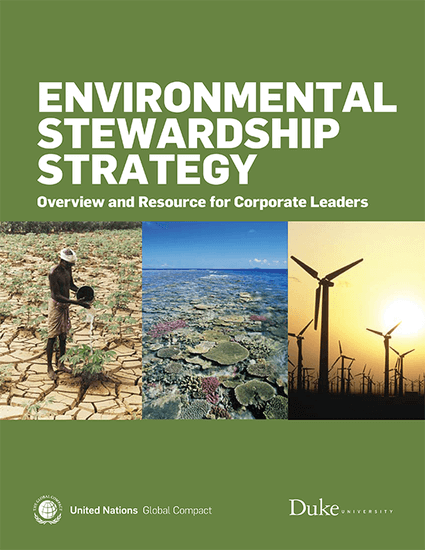






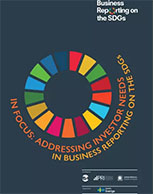







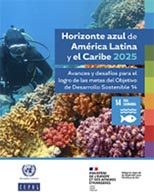










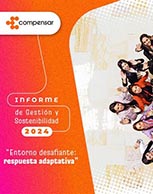

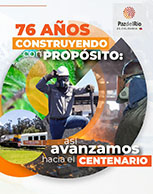




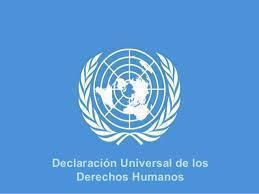

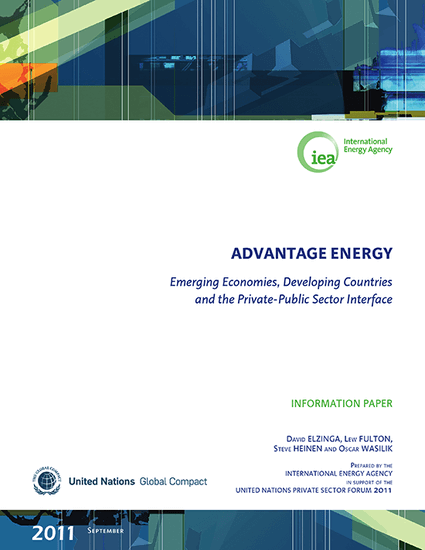




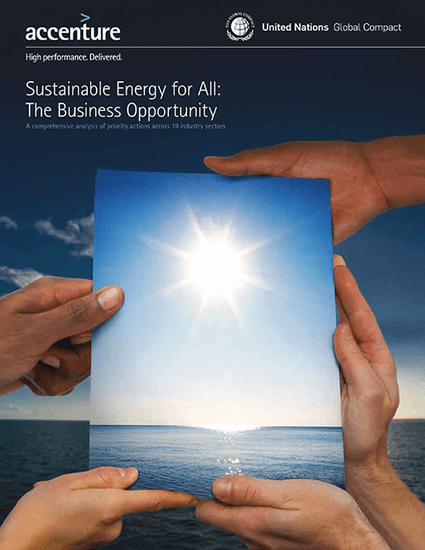






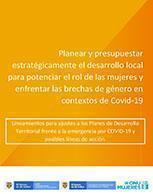
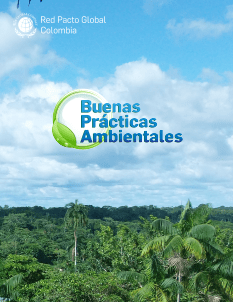


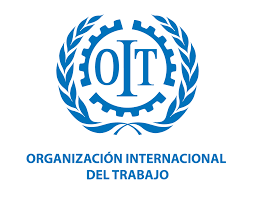





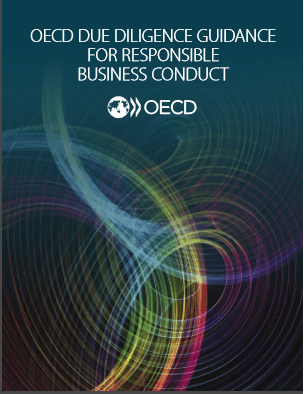








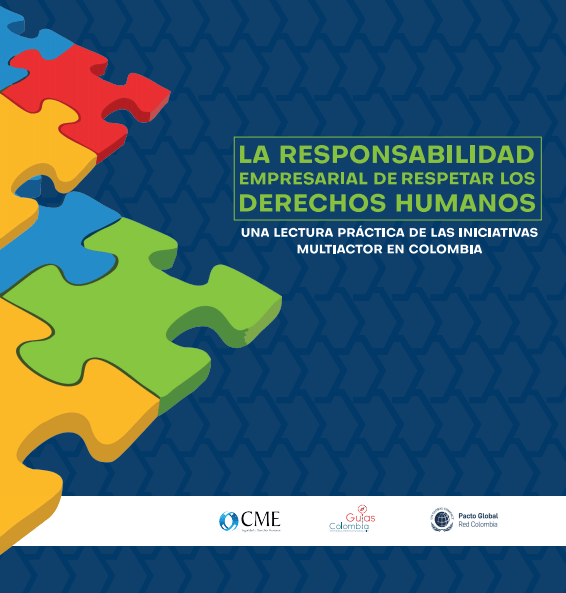




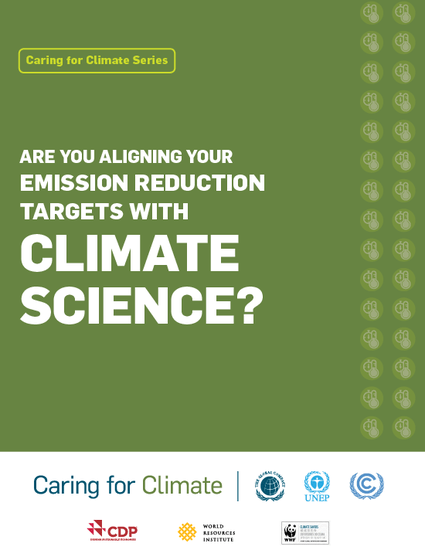

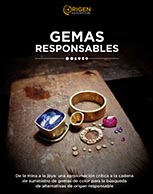
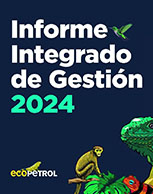

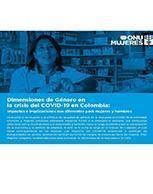


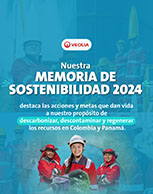


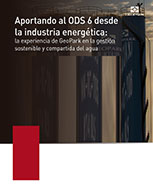
_Page_01.jpg)


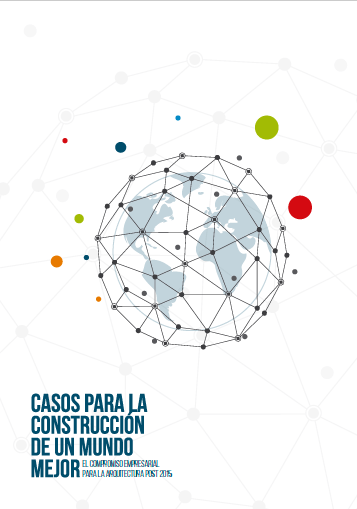



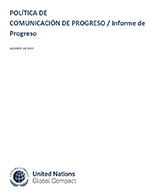
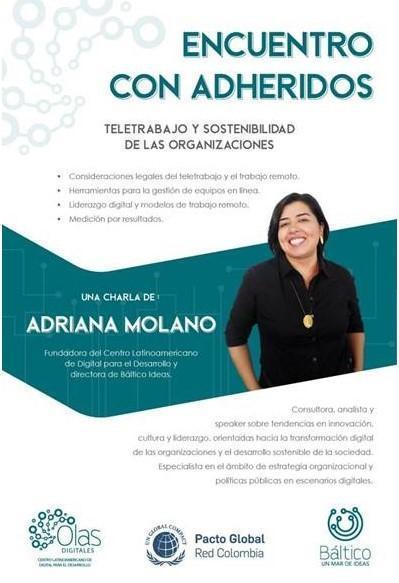



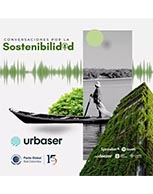


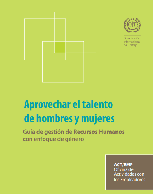
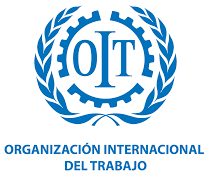


.jpg)
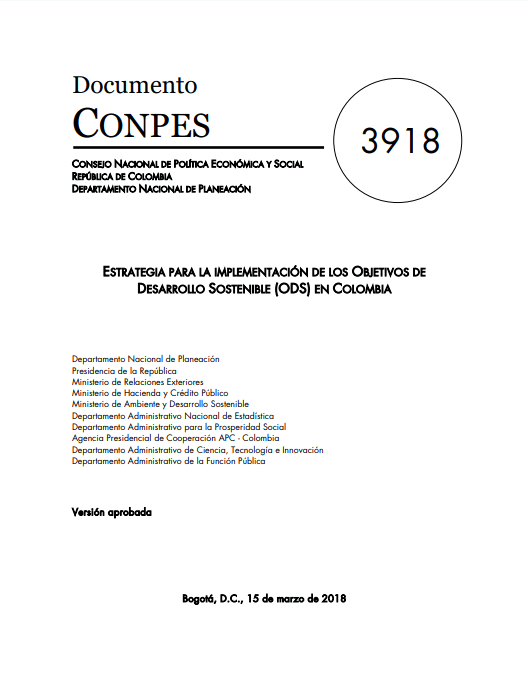

_42fd4809.jpg)


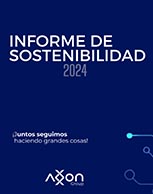







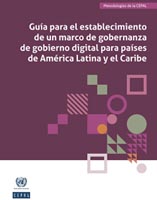




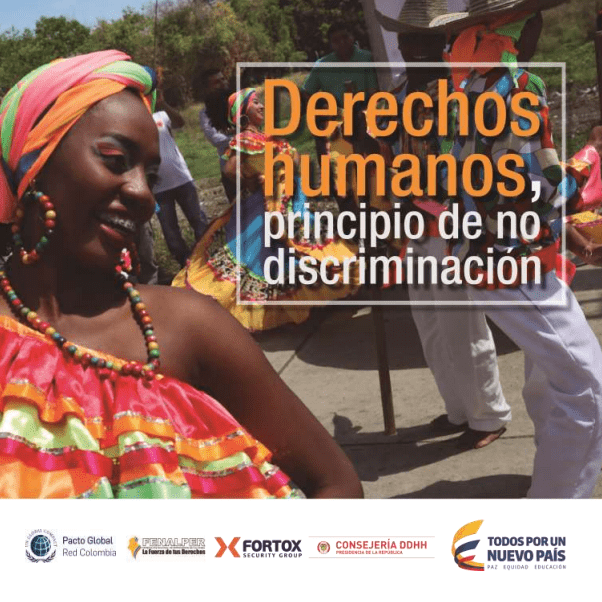
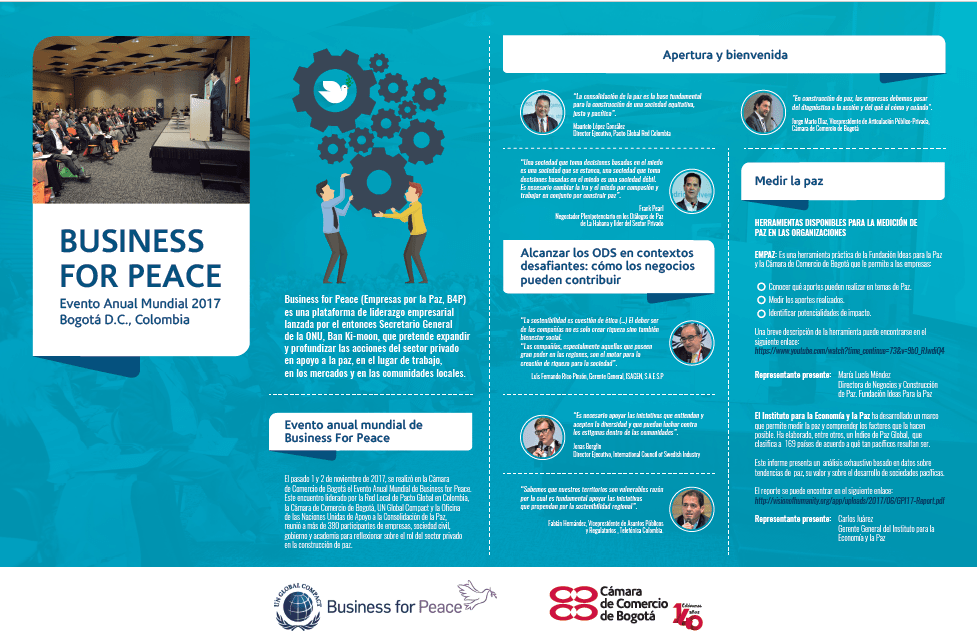





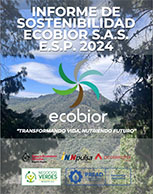


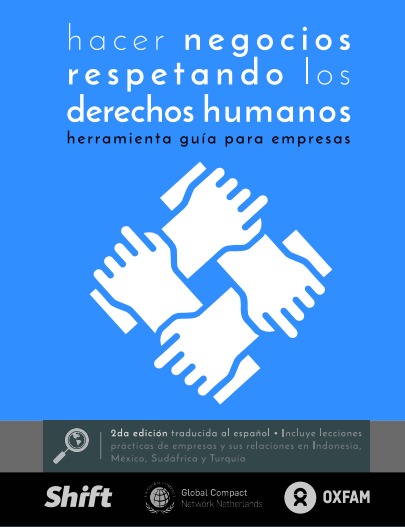





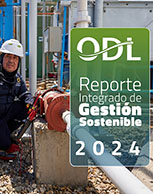


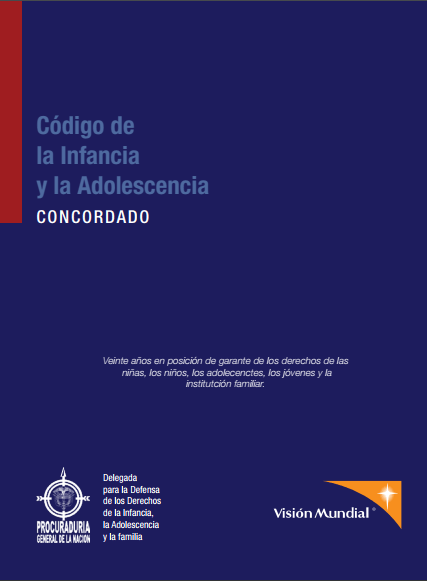


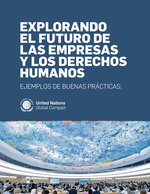
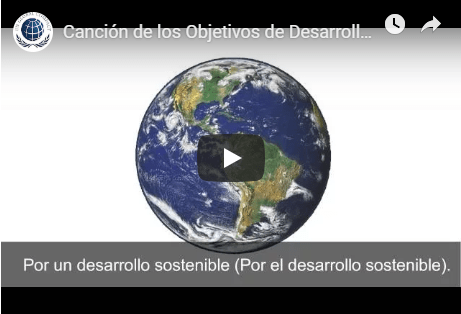
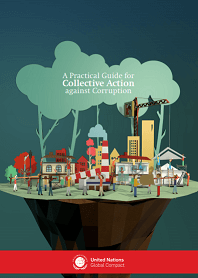



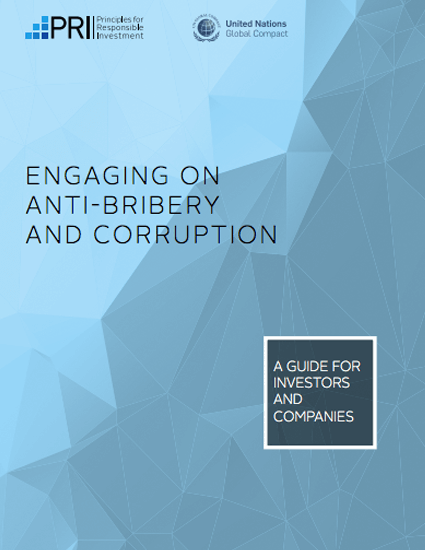

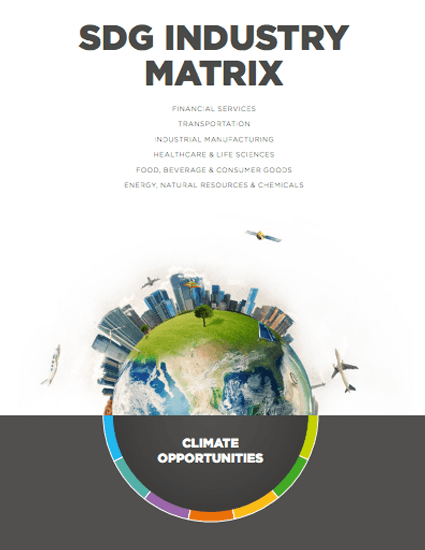





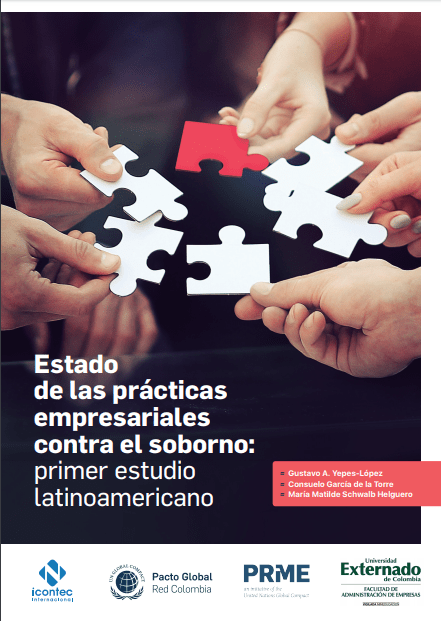
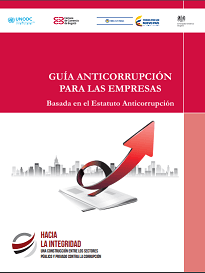
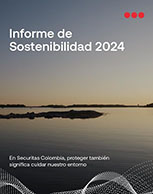
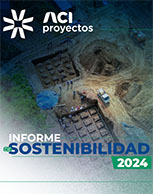

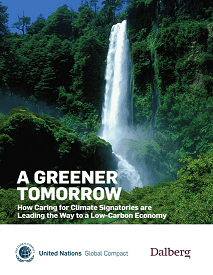
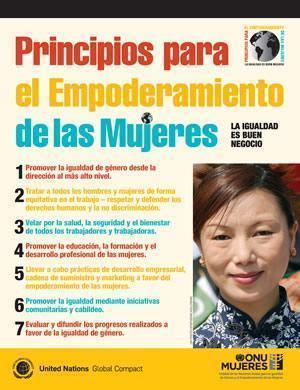












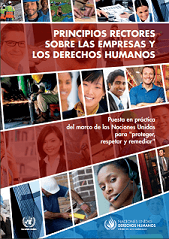
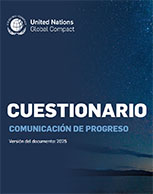


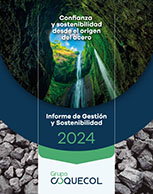
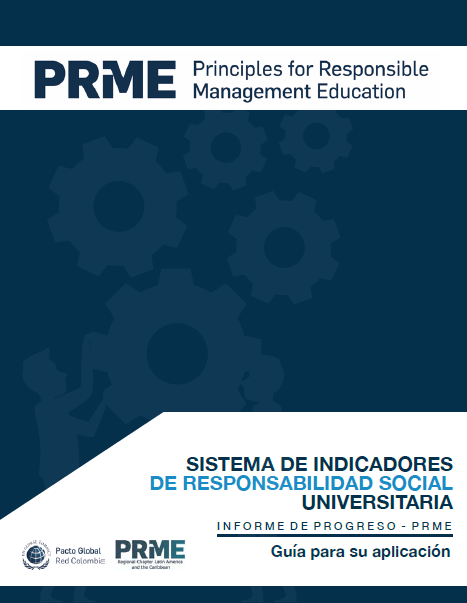


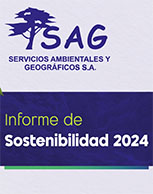

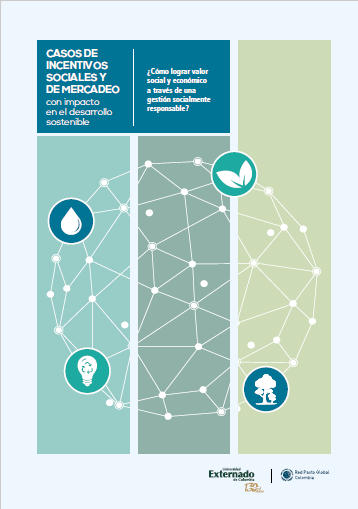

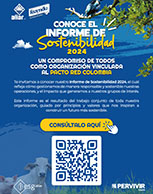




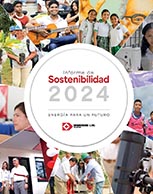

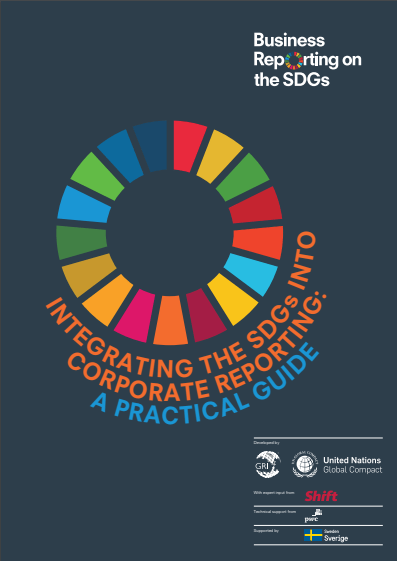
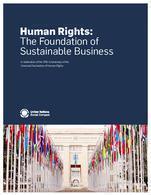






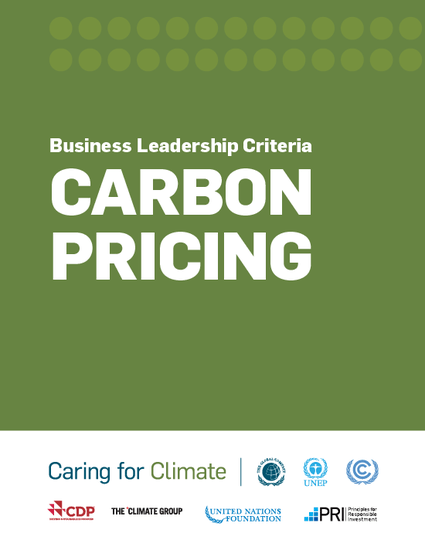



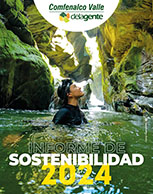
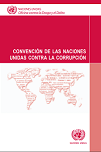

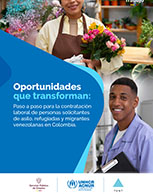





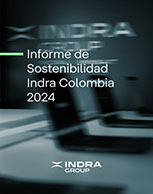
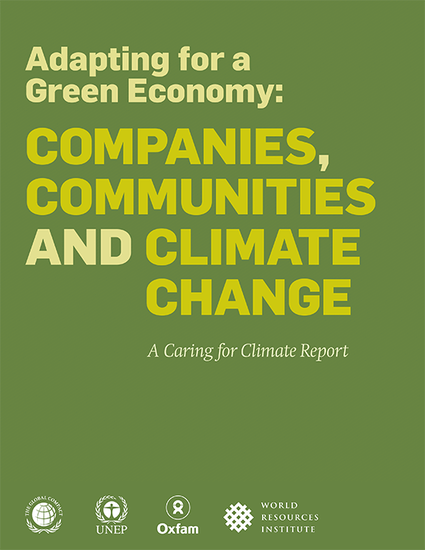
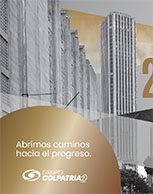





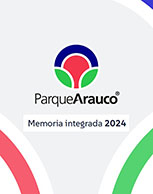






_Page_001.jpg)



